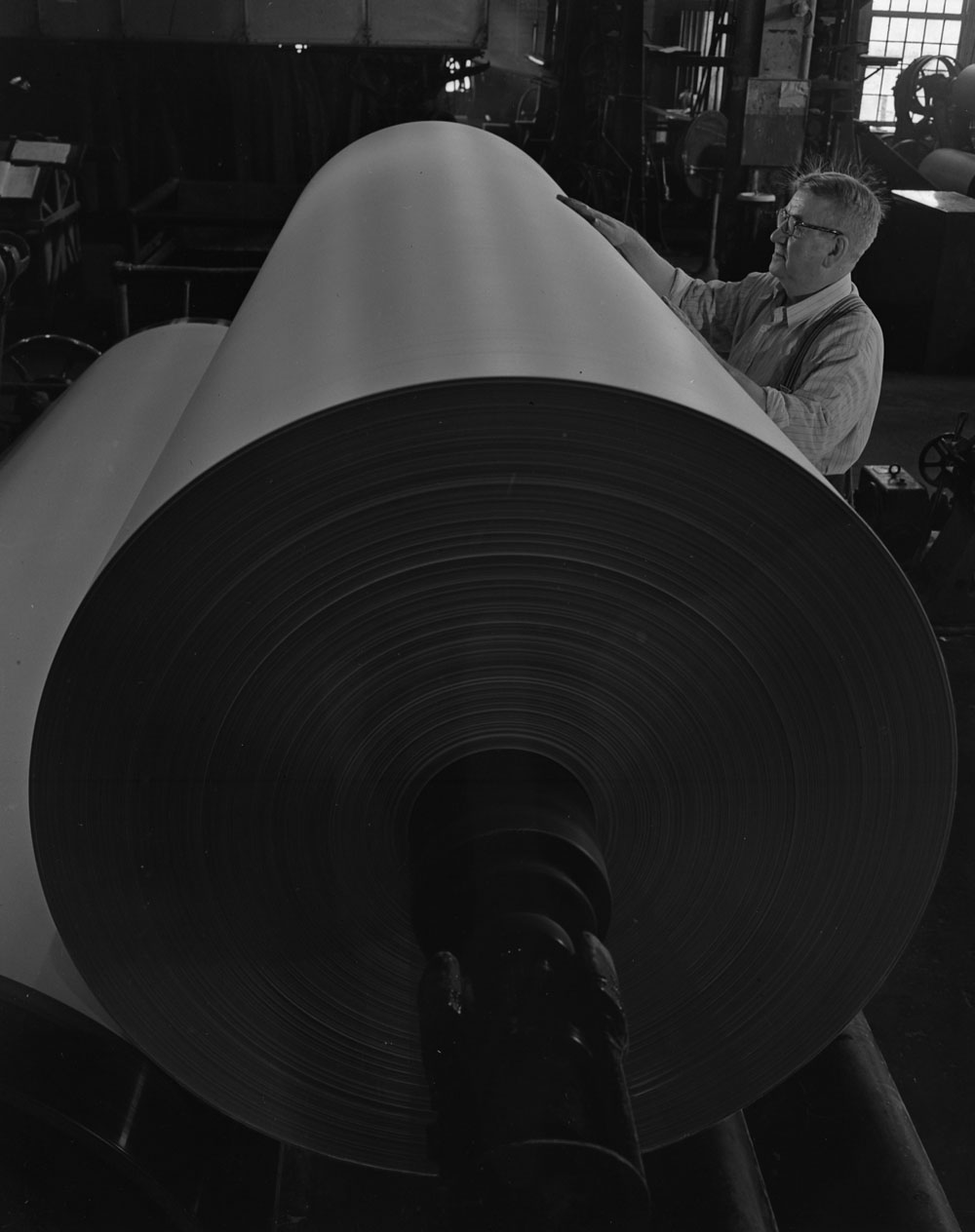Jewellery and Silverware Industry
Jewellery and Silverware Industry includes establishments that manufacture jewellery (including costume jewellery, emblems, watch bracelets and precious metal cigar and cigarette cases) and silverware (including sterling or plated flatware and hollowware, and trophies), and those which rerefine or roll precious metals and produce precious metal alloys.
The jewellery industry in Canada dates back to the 17th century and includes clockmakers and watchmakers as well as silversmiths who emigrated from the British Isles. Canada has a tradition of SILVER crafting, as seen in the Henry BIRKS Collection of antique Canadian silver at the Royal Ontario Museum. François Ranvoyzé (1739-1819), acclaimed as Canada's outstanding silversmith, developed a beaten technique that made his work both beautiful and distinctive.
During most of the 19th century, the silversmith's craft in Canada revolved around 2 Montréal workers, Robert Hendery and John Leslie. First as master and apprentice, later as partners, they fashioned silver for dealers in nearly all large population centres. They so dominated the trade that perhaps more than half the silver made in Canada in the last half of the century bears their mark.
Toward the end of the 19th century, a craftsman commonly described himself as a "watchmaker, jeweller and silversmith" and, as his position in the community consolidated, he became a merchant who employed watchmakers and silversmiths. Hence, by the beginning of the century the jeweller was firmly established as a link between the public and the craftsman. In this period, there were about 2000 jewellery firms in Canada. Many jewellers acted as opticians or worked closely with them in the early years when spectacle frames were made of silver.
Formal government intervention in the industry began in 1906, when the Precious Metals Marking Act was introduced to control the quality of precious metals used in jewellery. In 1918 the government placed a discriminatory 5% excise tax on jewellery; by 1986 the tax was 10%, in addition to the 12% federal sales tax. In January 1982 the industry became one of the first in Canada to implement metric conversion.
The Department of Industry, Trade and Commerce (Regional Economic Expansion) encourages export of Canadian jewellery by sponsoring foreign trade missions for jewellery manufacturers. Markets are sought in the US, Japan and Britain. In 1986 Canada exported over $10 million in jewellery, including fashion (costume) jewellery. In recent years, Canadian jewellery has received worldwide attention through international competitions in which Canadian designers have received awards. This recognition has led foreign buyers to take a greater interest in Canadian jewellery products. The Canadian gold maple leaf, a consumer jewellery item produced by the federal government, is also popular in international markets.
Various native craftsmen are also producing a range of jewellery (necklaces, brooches, bracelets) in a variety of materials (eg, gold, silver, copper, bone). Foremost among these was Northwest Coast artist Bill REID, who in 1951 began to produce jewellery in Vancouver. His work, like that of other native craftsmen, was characterized by the adaptation of traditional native style and iconography to new materials and forms.
In 1997, the industry shipped $400 million, a decrease from $570 million in 1990. Employment also declined over that period from 6583 to 5132. Often, several generations of a family have carried on in a business. Most jewellery and silverware manufacturers are located in Ontario and Québec, with some in BC, Alberta and Manitoba.
A single organization, the Canadian Jewellers Assn (CJA), represents manufacturers, wholesalers and retailers. It was formed in 1918 to promote sales and to represent the industry to government. The CJA publishes Jewellery World and Jewellery World Plus which, along with regional associations, keep members informed of national activities such as developments in insurance, excise tax, appraisals, ethics, precious-metals marking regulations and metrication. The educational branch of the CJA, the Canadian Jewellers Institute (incorporated 1945), offers courses at various levels of expertise, beginning with the 2-term Retail Jewellers Training Course. Completion of this course leads to a diploma and the designation "Graduate Jeweller" (GJ).
Other educational and training courses are offered by the Québec Jewellers Corporation, the Canadian Gemmological Association and community colleges. These courses and practical training have increased the professionalism of Canadian jewellers. Three trade publications serve the jewellery industry in Canada: Bijou, Canadian Jeweller and Canadian Gemnologist.

 Share on Facebook
Share on Facebook Share on X
Share on X Share by Email
Share by Email Share on Google Classroom
Share on Google Classroom


